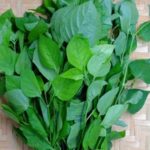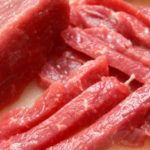Home gardening is becoming a popular trend, as it not only adds a touch of greenery to your space but also ensures safer and healthier options. One of the most favored methods is stem cutting, a simple process of growing plants from stems, which thrive just as well as those grown from seeds.
Below are seven types of vegetables that can be grown using this method, and the best part is that it requires less effort than seed planting!
1 Water Spinach
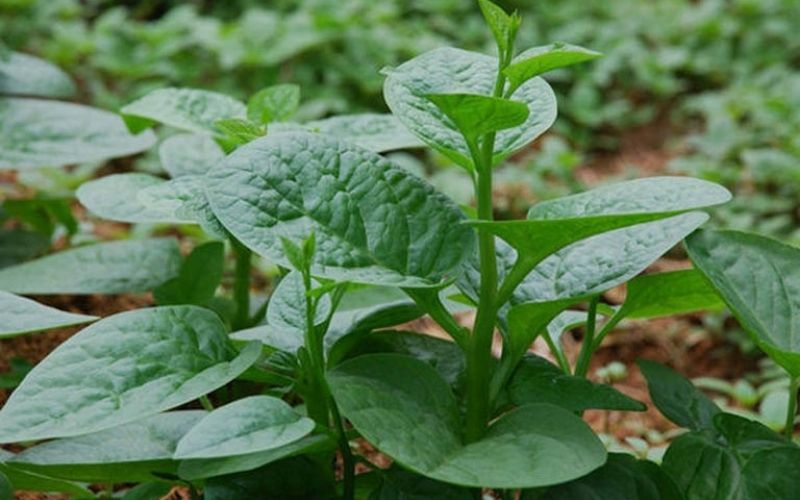 Water spinach is easy to grow, resistant to pests and diseases, and can be propagated through stem cuttings.
Water spinach is easy to grow, resistant to pests and diseases, and can be propagated through stem cuttings.
Water spinach, also known as morning glory, is a fast-growing vegetable with a high germination rate. While it is commonly grown from seeds, stem cuttings can be an effective method. Choose healthy stems with young leaves or buds, and space them about 10cm apart when planting. Keep the soil moist and provide shade during the initial stages of growth until new roots and leaves appear.
Instructions
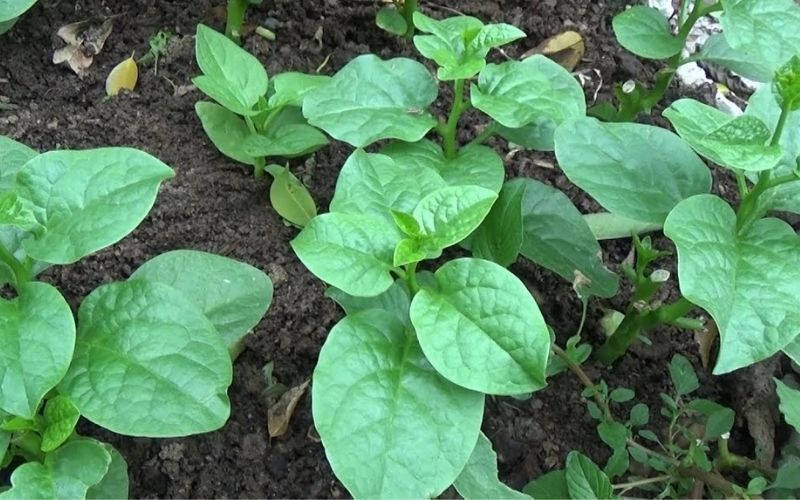
For water spinach, select sturdy stems with young leaves or buds. Space the cuttings about 10cm apart. During the initial stages, maintain adequate moisture and keep the cuttings in a shaded area until new roots and leaves emerge.
2 Amaranth
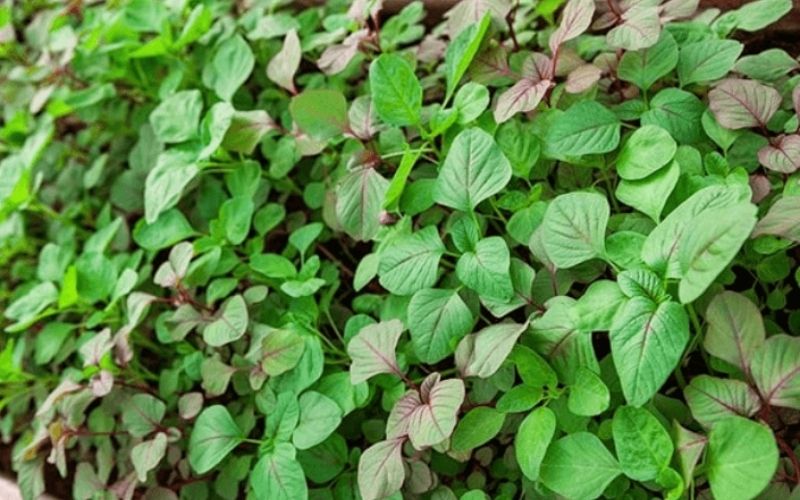 Stem cutting is an efficient and low-maintenance method for growing amaranth.
Stem cutting is an efficient and low-maintenance method for growing amaranth.
Amaranth is a nutritious vegetable rich in zinc and minerals. It is extremely easy to grow and requires minimal care. You can simply place the stems in clean soil, and within 2 to 3 weeks, you’ll have fresh, healthy amaranth ready for harvest. No need for fertilizer!
Instructions
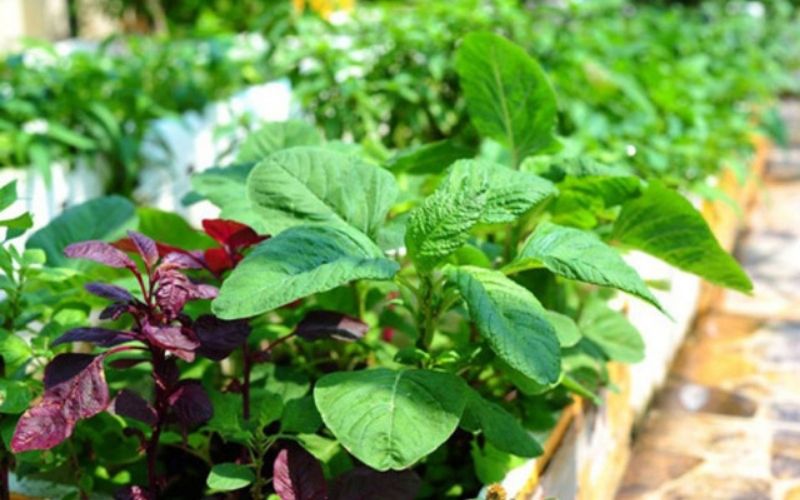
Choose amaranth stems that are thick and sturdy, and remove all but the small leaves or buds. Soak the stems in water, ensuring that only about 2-3cm of the stem is submerged. In about 10 days, you’ll notice new roots forming. Once the roots appear, transplant the amaranth into the soil.
3 Water Spinach
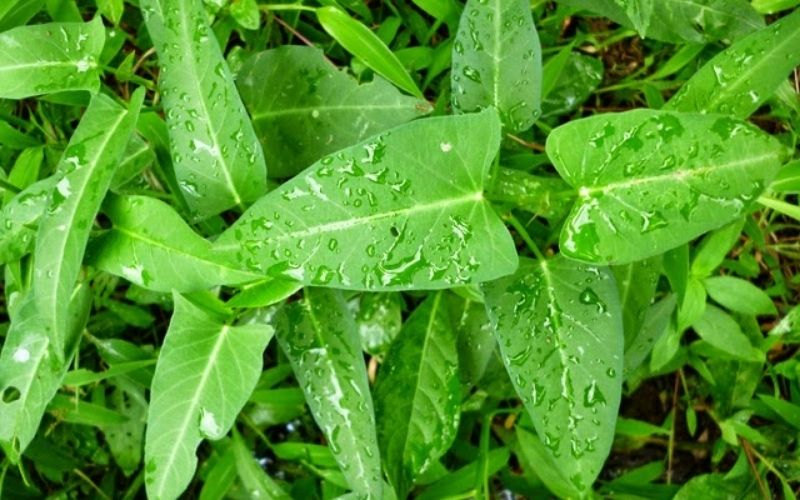 Water spinach is commonly propagated through stem cuttings.
Water spinach is commonly propagated through stem cuttings.
Water spinach, also known as morning glory, can be grown through stem cuttings in various ways. You can create rows in your garden or use containers, trays, or boxes filled with clean soil. After planting, maintain moist soil by regularly watering your water spinach. You’ll notice its rapid growth within a few days.
Instructions
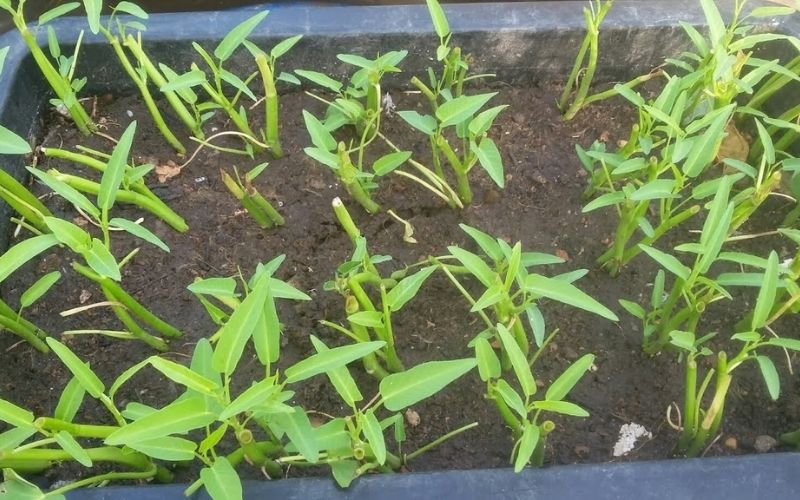
Remove all the leaves from the water spinach stems. Bury the stems about 5cm deep in the soil, leaving 1-2 nodes above the surface, as this is where the roots will form. The above-ground portion of the stem can be 10-20cm long. Space the stems evenly to allow for proper growth. After planting, keep the container in a cool, shaded area.
4 Sweet Potato Leaves
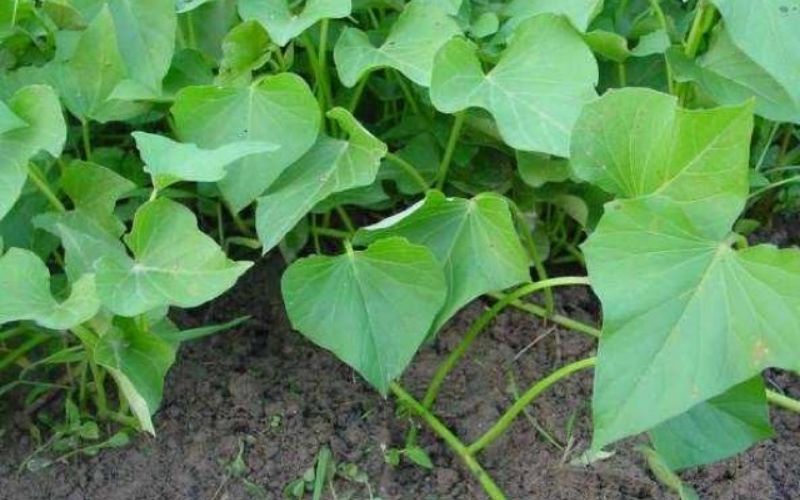 Sweet potato leaves are commonly propagated through stem cuttings.
Sweet potato leaves are commonly propagated through stem cuttings.
Sweet potato leaves, also known as sweet potato vines or sweet potato greens, are gaining popularity due to their mild, sweet flavor. They are typically grown through stem cuttings. Simply take sturdy stems and plant them directly into the soil, and they will quickly take root and grow.
Instructions
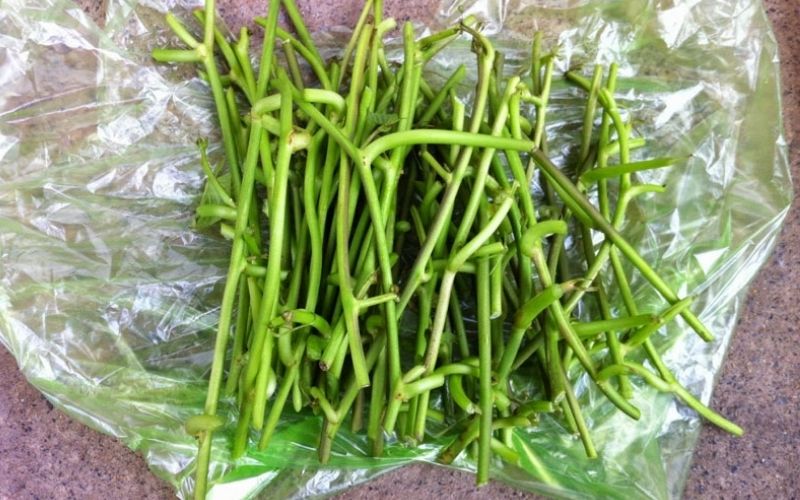
Prepare your garden bed by creating straight rows. Then, create holes for the sweet potato stems, positioning them at a 45-degree angle and firmly packing the soil around the stems. Leave 2-3 nodes and 3 leaves above the ground to encourage branching. For leaf and vine harvesting, space the stems 10-15cm apart. If you’re growing sweet potatoes for their tubers, increase the spacing to 20-30cm. After planting, water the area and add straw, green manure, or compost between the rows to retain moisture and provide shade for the vines.
5 Japanese Celery
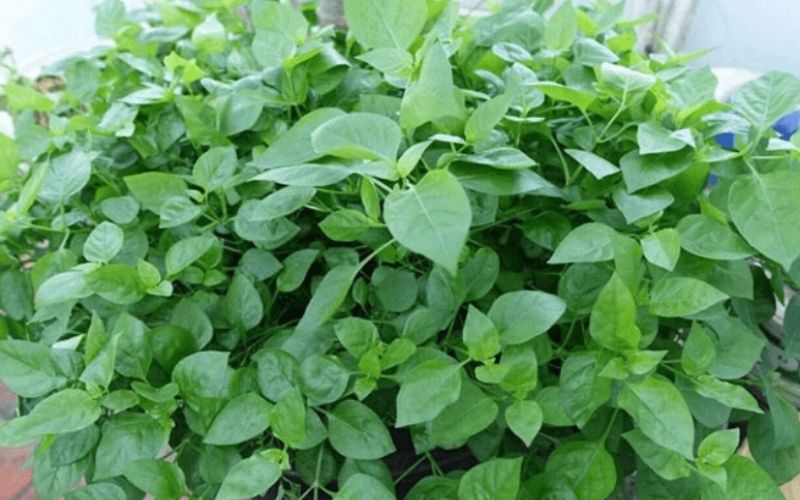 Japanese celery can be easily grown through stem cuttings.
Japanese celery can be easily grown through stem cuttings.
Japanese celery, a relatively new variety, has become a favorite among home gardeners. All you need to do is plant a few stems in the soil and provide regular watering. Before long, you’ll see them spreading across your container or garden bed.
Instructions
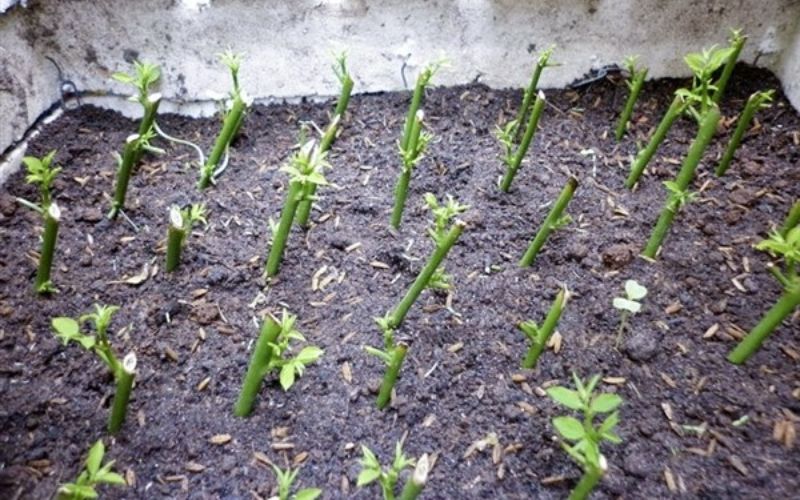
Select healthy Japanese celery plants that are about 6-8 weeks old, free from pests and diseases, and with sturdy stems that are neither too old nor too young. Cut the stems into sections about 20cm long. When planting, position the stems at a 45-degree angle in the seedbed. After about 20-25 days, when the roots have formed, transplant the celery into the garden, keeping the soil moist. Space the rows 50-60cm apart and the plants 25-30cm apart, with two plants per hole.
6 Lolot Leaf
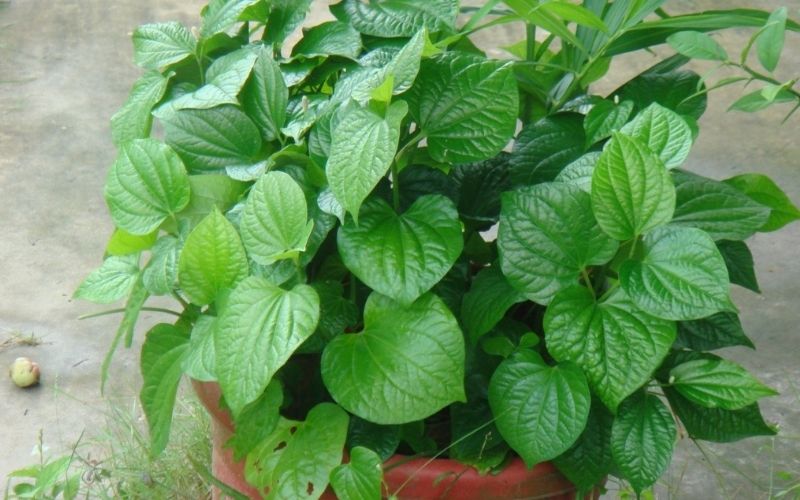 Lolot leaf can be easily propagated through stem cuttings and thrives in shaded areas.
Lolot leaf can be easily propagated through stem cuttings and thrives in shaded areas.
Lolot leaf, also known as Vietnamese coriander, prefers partial shade and can be successfully grown through stem cuttings. Choose healthy stems and plant them on a day without harsh sunlight, or provide shade for the newly planted stems. With ample rainfall, the leaves will grow large and lush. During hot and sunny weather, ensure the plants are kept in a cool, shaded area. Lolot leaf requires minimal care and will thrive with regular watering.
Instructions
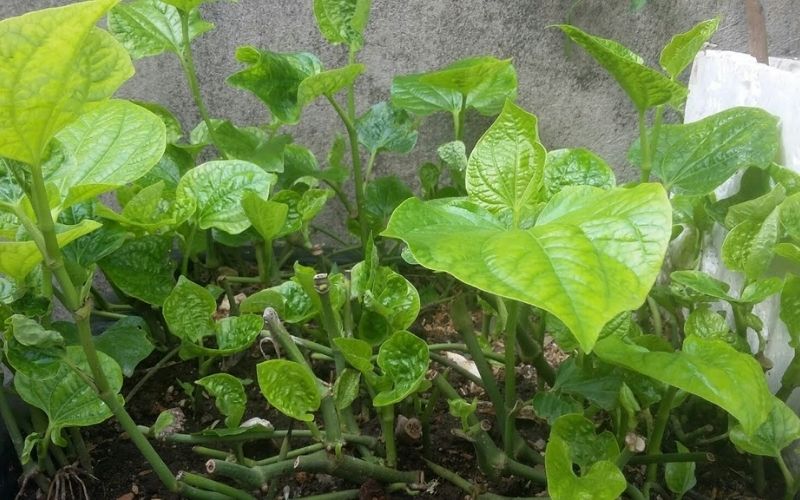
Select healthy lolot leaves with glossy, vibrant, and large leaves. Cut the stems into sections about 20-30cm long. Plant the stems in rows, burying about 2/3 of the stem in the soil, and gently water them. For the first 15 days after planting, water the lolot leaves twice a day. Subsequently, you can reduce the frequency to every 2-3 days, depending on the weather conditions.
7 Herbs
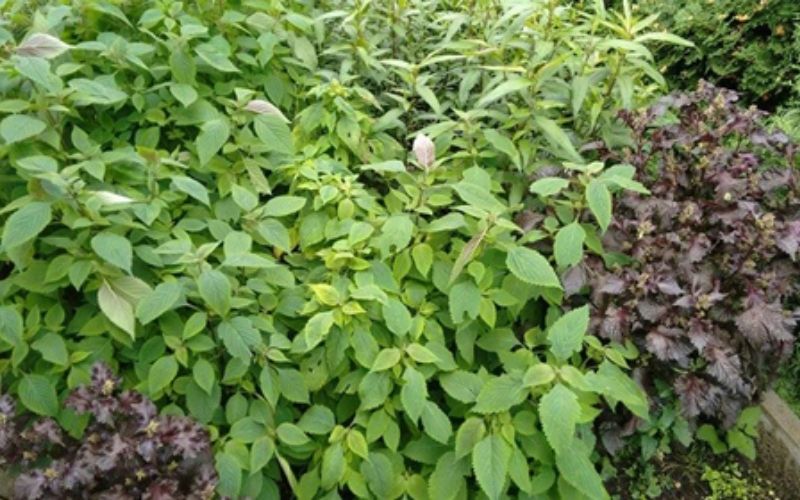 Common herbs like basil, mint, and lemongrass can be easily propagated through stem cuttings.
Common herbs like basil, mint, and lemongrass can be easily propagated through stem cuttings.
Popular herbs like basil, mint, and lemongrass can be quickly grown through stem cuttings. After using the soft leaves and tips for cooking, retain the hard, older stems with leaves and plant them. Place them in an area with adequate sunlight and remember to water them regularly.
Instructions
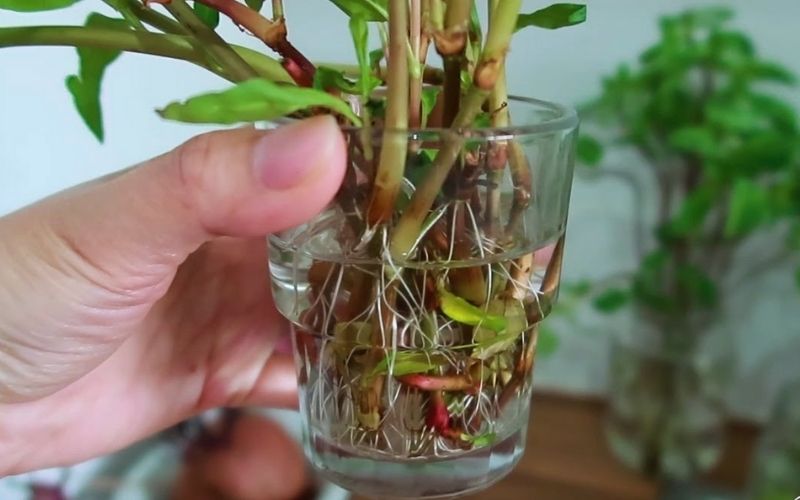
Cut a section of the herb stem about 7-9cm from the tip, removing all but two leaves at the top. Place the stem in a glass of clean water and position it in a sunny window. Within a week, you’ll notice the formation of tiny roots. After two weeks, when the roots have grown stronger, transplant the herb into the soil.
We hope that with these tips on stem-cutting gardening, you’ll be able to grow your own fresh and healthy vegetables right at home! Happy gardening!
Expert Advice on How to Identify Unsafe Food
Are you aware of how to inspect food for possible safety risks? With the presence of food products from unclear origins and chemicals used as preservatives, it is important to be vigilant in selecting food items for our families. Join us in the Food Tips section to take a closer look at how to select safe and healthy food for our families!

























